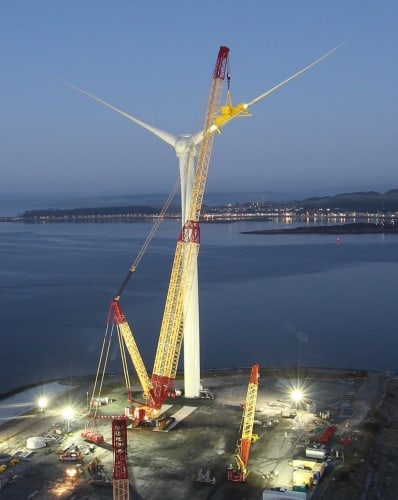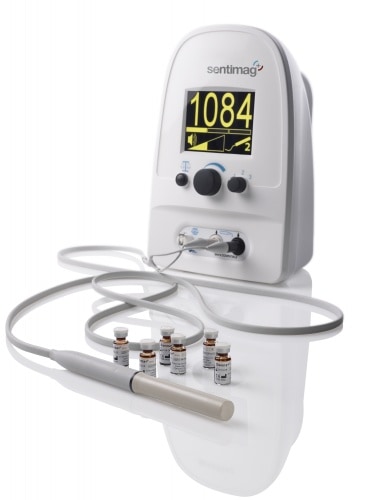Edinburgh-based Artemis Intelligent Power has developed a digital hydraulic power system that unlocks the ability to generate much greater levels of power from offshore wind turbines. As well as dramatically improving power capacity, the smart, modular system has been designed to overcome the significant reliability issues associated with existing turbines. Artemis is already developing world-leading systems, dramatically improving turbine efficiency and with it the prospects for future exploitation of wind power.

Meanwhile, Cambridge firm Endomag has pioneered a new breast cancer diagnostic tool that avoids the use of radioactive tracers in determining the spread of cancer through the lymphatic system. The cost and logistical challenges of relying on radioactive material have meant that sentinel lymph node biopsy – currently the best method of breast cancer staging – is only available to one in six patients globally, creating a ‘postcode lottery’ for effective diagnosis. The SentiMag probe developed by Endomag identifies sentinel lymph nodes for removal by detecting a magnetic, rather than radioactive, tracer signal.

Finally, Blackpool’s Victrex has been nominated for its work on the highest performing ultra-thin polymers (plastics) in the world. Initially enabling smartphone speakers and earbuds to produce high-quality sound without risk of failure, they could now be a key material for enabling the flexible electronics revolution. In forms up to 20 times thinner than a human hair, the PEEK polymer is already found in over a billion consumer electronic devices and is also used as a lightweight replacement for metal in aircraft, cars and medical implants.
Established in 1969, the MacRobert Award is the UK’s longest-running national award for engineering innovation. Winners are chosen by a panel of 10 judges representing a broad spectrum of engineering expertise and each is a leader in their field.
Previous winners include the Rolls Royce Pegasus engine which was used to power the Harrier jump jet, and the first CT scanner. Last year’s winner, SME Cobalt Light Systems, won for the innovation behind an airport security liquid scanner that can now be found in over 65 airports throughout Europe. The same technology is also being used to detect counterfeit goods and analyse food.
The three finalists are all competing for a gold medal and a £50,000 cash prize. The winner will be announced on 16 July 2015 at the Academy’s annual awards dinner in London.




Nanogenerator consumes CO2 to generate electricity
Whoopee, they've solved how to keep a light on but not a lot else.